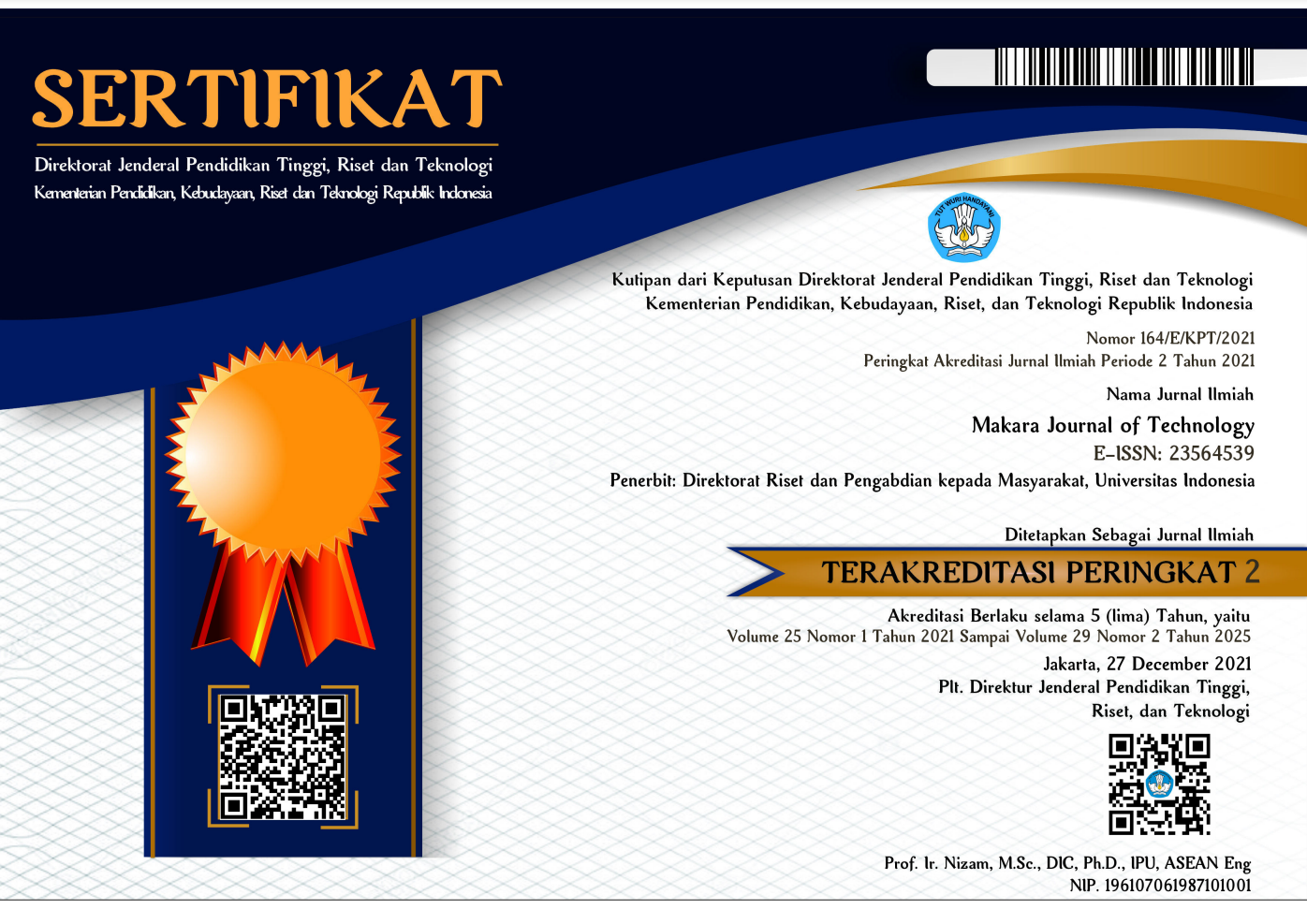Abstract
Effective noise and vibration control remains a critical challenge in high-speed rail systems, directly influencing passenger comfort and the longevity of infrastructure. This study evaluated four advanced materials—piezoelectric materials, shape memory alloys (SMAs), magnetorheological (MR) fluids, and damping composites—focusing on their potential for mitigating noise and vibration in high-speed rail applications. A combination of experimental and simulation-based analyses was employed to assess these materials based on their noise reduction coefficient, vibration transmissibility ratio, thermal stability, and durability under varying environmental conditions. The findings revealed that damping composites and SMAs demonstrated superior performance, offering enhanced noise attenuation and vibration control compared with the other materials. Damping composites exhibited the highest noise reduction and stability across a wide frequency range, while SMAs demonstrated exceptional adaptive damping properties under fluctuating temperature conditions. In contrast, piezoelectric materials and MR fluids showed moderate performance, making them more suitable for secondary damping applications. This study identifies damping composites and SMAs as the most effective materials for primary noise and vibration control in high-speed rail systems. The findings provide valuable insights for material selection and integration in rail infrastructure, contributing to enhanced system performance, reduced maintenance costs, and compliance with stringent noise and vibration regulations.
References
- E. Andersson, M. Berg, S. Stichel, Rail Vehicle Dynamics, Railway Group KTH, Sweden, 2014.
- Y. Liu, W. Yang, E. Deng, Y. Wang, X. He, Y. Huangt, et al., Alexandria Eng. J. 68 (2023) 343.
- J.Y. Pan, J. Y. Travel Behav. Soc. 34 (2024) 100670.
- Y.K. Luo, L.-Z. Song, C.Z., Y.Q. Ni, Measurement. 219 (2023) 113276.
- A. Lyratzakis, Y. Tsompanakis, P.N. Psarropoulos, Transport. Geotech. 29 (2021) 100572.
- G. Viana, G. Puel, L. Chamoin, A. Barbarulo, Mech. Syst. Signal Pr. 208 (2024) 110926.
- A. Andersson, R. Karoumi, A. O'Connor, IABSE Conference: Assessment, Upgrading and Refurbishment of Infrastructures, Rotterdam, The Netherlands, 2013, p.450.
- G. Takács, B. Rohal’-Ilkiv, In: G. Takács, B. Rohal’ Ilkiv (Eds.), Model Predictive Vibration Control, Springer, London, 2012, p.65.
- F. Cheng, H. Liu, Eng. Struct. 304 (2024) 117685.
- L. Azzouz, A. Jack, J. Clean. Prod. 250 (2020) 119505.
- E.J.J. Doppenberg, A.P. Berkhoff, M. van Overbeek, IFAC P. Vol. 34/1 (2001) 195. Makara J. Technol. 1
- A.P. Reksowardojo, G. Senatore, M. Bischoff, L. Blandini, J. Sound Vib. 579 (2024) 118362.
- M. Emami, V.H. Nasab, S. Akar, A. Batako, J. Manuf. Process. 99 (2023) 825.
- L. Qi, H. Pan, Y. Pan, D. Luo, J. Yan, Z. Zhang, iScience, 25/3 (2022) 103849.
- R. Rimašauskienė, V. Jūrėnas, M. Radzienski, M. Rimašauskas, W. Ostachowicz, Compo. Struct. 223 (2019) 110975.
- C. Lu, Z. Ren, C. Ma, High-speed Railway. 1/1 (2023) 5.
- J.M. Jani, M. Leary, A. Subic, M.A. Gibson, Mater. Design. 56 (2014) 1078.
- B. He, X. Dong, R. Nie, Y. Wang, S. Ao, G. Wang, Mater. Design. 225 (2023) 111563.
- S.Z.H. Shah, S. Karuppanan, P.S.M. Megat-Yusoff, Z. Sajid. Compos. Struct. 217 (2019) 100.
- S. Jin, J. Yang, S. Sun, L. Deng, Z. Chen, L. Gong, et al., J. Infrastruct. Intell. Resilience. 2/2 (2023) 100039.
- M.O. Adeagbo, S.-M. Wang, Y.-Q. Ni, Adv. Eng. Inform. 61 (2024) 102450.
Recommended Citation
Unegbu, Hyginus Chidiebere Onyekachi; Yawas, Danjuma Saleh; Dan-asabe, Bashar; and Alabi, Abdulmumin Akoredeley
(2024)
"Smart Materials for Noise and Vibration Damping in High-Speed Rail Systems: A Comparative Analysis,"
Makara Journal of Technology: Vol. 28:
Iss.
3, Article 6.
DOI: 10.7454/mst.v28i3.1691
Available at:
https://scholarhub.ui.ac.id/mjt/vol28/iss3/6



